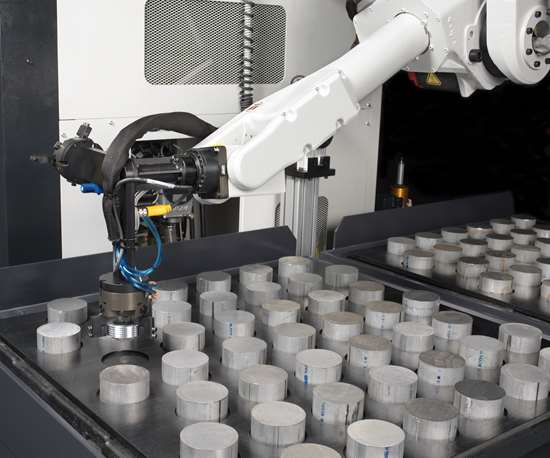CIVID-19 Till Now
The cover image of the article conveys the hard reality of the ongoing COVID-19 fueled crisis. While some countries in Europe have started opening up their economies, others like the United States are still coming to terms with the hard reality of the virus. In India, almost everything came to a standstill for more than a month. Reverse migration of labor, cancellation and shortage of orders, and a sudden demand slump in the capital goods sector like the automobile industry. However, we are now in the 3rd Phase of the Unlock process. While some things are getting back to normal in phases, some changes might not be reversed in the foreseeable future. And as you read on, you will find out that these irreversible changes will trigger an era of low-cost automation solutions
The Reverse-Migration Situation
While demand of goods in the economy has been rising again with time, the migrant labor – which has gone back to their villages – might not be returning to the cities any time soon. There are quite a few reasons why that might be the case. Let us club them under the below two heads.
1. Social Factors
The number one factor which has made the labor determined to not return is the way they were treated in the lockdown. How they lost their jobs, were left penniless and could not even return to their villages (where the cost of living is much lower) for a long time. Many walked back for more than a thousand kilometres, some losing the lives on their way. This experience is why most of the labor force is trying to stay in their villages.
2. Government Schemes
The government has launched many schemes for the welfare of the migrant labor which has gone back to villages. One such scheme is the Garib Kalyan Rojgar Abhiyan. It aims at providing these reverse-migrants with emploment within their villages to discourage their migration for jobs. The key focus of these jobs is the saturation of villages with infrastructure and long-term livelihood creation with a corpus of ₹50,000 Crore. And this is just one scheme out of the many. Some more schemes focus on setting up of industries in these rural centers, further reducing the economic pressure on the laborers to migrate to the cities.
But what does this mean for the Industry and the manufacturing sector?
Automation, the Saviour

The Indian manufacturing industry has been highly reliant upon the use of cheap labor force to keep the costs low. However, with these unprecedented developments discussed above, we are looking at a lower availability of labor force. And basic economics suggest that the prices (wages) would rise with a drop in the supply (availability of labor) and an ever consistent demand for them. This would trigger the phenomenon of low cost automation, the adoption of which has been quite slow in the industry. But in order to run the factories at pre-COVID capacities, and a dearth of labor force, this would be pie that the industry has to bite. However, instead of looking at it just like a means to an end, there might just be a window of opportunity here.
Opportunities for automation
Popular opinion about automation is that it requires large investment. However, there are multi-faceted benefits to be enjoyed with fairly low-cost automation opportunities. Some of them are as below.
- Automation reduces the cycle time of production leading to an enhanced plant production capacity. Check out some of our cycle time saving products here.
- In some forms, Automation helps reduce the number of setups vacating the machines for other operations. Our back spot facing tool is one such application established by us in 2010.
- Automation of a process also reduces the dependency on skill of the operator for achieving the outcome. This in turn increases your Process Capability Index (Cpk). This might be a major determinant in your ability to close a particular deal. Cross-hole deburring is an important space where people suffer. Check out our solution for cross-hole deburring. Another process where people suffer is the deburring of irregular shapes, especially in casting plants. Check out our solution for deburring cast parts.
- Automatic data collection frees the operator from reporting duties. Data analysis for drawing actionable insights for continuous improvement and a reduction in MTBF is more fruitful & reliable.
- While most companies currently cater to only small quantities of their customer’s needs, automation (by reducing the need to search for skilled and semi-skilled labor) enables a company to serve large order sizes. This also reduces sales cost per unit produced. Larger order sizes means with the same effort in sales, you fill more of your capacity.
Next Steps towards Automation
The COVID crisis is far from over. But the introduction of vaccine by Russia and many other vaccines in advanced testing has brought back the economic momentum. Now is the time to make a push for automation in your plant, and make a bid for large orders moving away from China. You may take small steps first, if you want to check how it works, before you take bigger leaps. But take step forward into the era of automation, because that is what will differentiate you from others.
For consultation regarding our solutions on low-cost automation, contact our local sales/application engineer. New Clients can fill this form and we will get back to you immediately.
Check out other Articles from Machenzzo at https://machenzzo.com/blog


